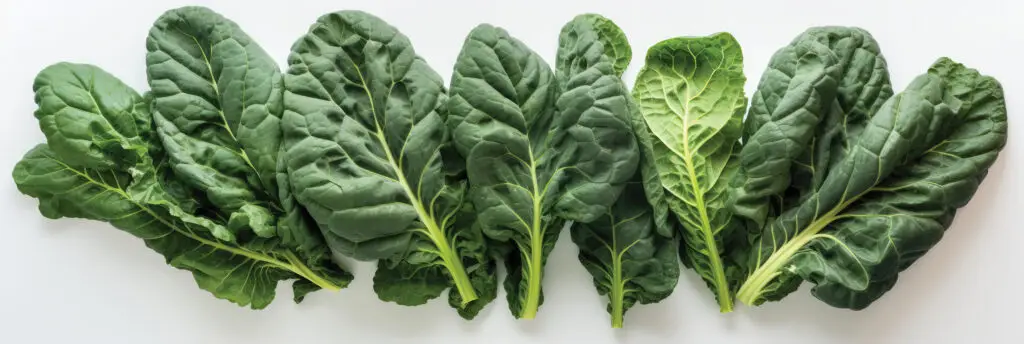The South’s most storied vegetable

Eating black-eyed peas for luck and collard greens for financial prosperity on New Year’s Day is a long-held Southern tradition. Collards, however, do more than encourage future wealth — they embody the South’s fascinating, complex history and cultural heritage.
Members of the cruciferous (brassica) family, collards, like kale, are the loose-leafed relatives of heading vegetables such as broccoli and cabbage. And they may well have the most fascinating backstory of any vegetable in our gardens, a story that traverses centuries and continents.
According to culinary historian and award-winning author Michael Twitty, collards are one of the oldest vegetables in the world, originating in Eurasia before they spread across the globe through trade and migration, arriving in the Americas with European settlers and traders and on slave ships coming from West Africa.
In part because collards were one of the few nutrient-rich foods enslaved people were allowed to grow for themselves, these greens became a staple in their gardens and diets. Over time collards became a symbol of African American identity and resilience and also a favorite green among many races and cultures throughout the Southeast — a.k.a. the Collard Belt.
As generations of southerners grew collards, they developed hundreds (maybe thousands) of distinctive local collard cultivars, saving and sharing seed within their families and communities. This practice helped ensure the survival and proliferation of unique heirloom cultivars but, sadly, many of those cultivars were lost as younger generations moved away, their collard stewarding elders passed away and as more and more growers began using commercially developed, rather than locally evolved, collard varieties.
Starting in the 1980s, though, a group of collard-loving scientists and southern cultural geographers began traveling throughout the Southeast trying to find and preserve the seeds and stories of these almost-vanished heirloom collards. Over time, the team amassed a collection of some 90 cultivars, which became the source of a renewed supply of heirloom collard seed now available to farmers and home gardeners.
Among those varieties are several from Alabama, including the “Old Timey Blue” collard, a beautiful blue-tinted, purple-veined cultivar. Seed of this especially sweet and tender collard were donated by the late Ralph Blackwell of Jasper, Ala., whose family grew them for more than a century. Another is the “Miss Annie Pearl Counselman” collard, a green to blue-green collard grown for many years by its namesake in Clarke County.
These are just two of many heirloom varieties available, a collection featuring a delightful and delicious choice of flavors, colors, leaf size and growth habits. And Alabama is a great place to try them out. Collards can be grown here year-round; however, they thrive in cooler weather and excessive heat can make them bitter. Because they taste sweetest when kissed by a hard frost or two, late fall/winter is considered prime collard season with spring-harvested collards running a close second.

Most collard varieties take 60 to 80 days to mature, which means seed should be started in summer to early fall (July through early September) for a winter crop and February through mid- March for a spring crop. Many collard enthusiasts plant seed in weekly successions to ensure a continuous crop throughout the growing seasons.
There’s so much more to explore about collards, way more than will fit in this column, and many additional sources of information on collard history, production and cooking are available. A great place to start is on the Heirloom Collard Project website, heirloomcollards.org, and in the book Collards: A Southern Tradition from Seed to Table.
Collard seed is available through Seed Savers Exchange and Southern Exposure Seed Exchange, both of which have played central roles in saving heirloom collard varieties, as well as through other heirloom seed companies.
Though it’s too late to plant collards in time to eat them this New Year’s Day, cut collards, including some heirloom varieties, may be available at winter farmers markets and at grocery stores. Now is also a great time to order seed for 2024.
Katie Jackson is a freelance writer and editor based in Opelika, Alabama. Contact her at [email protected].




